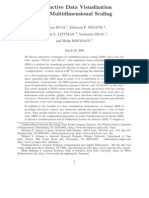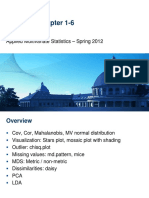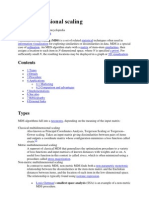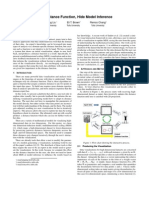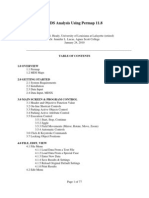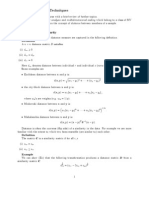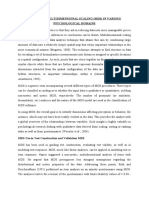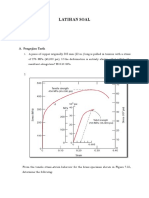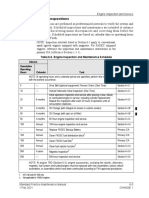0% found this document useful (0 votes)
30 views15 pagesBmcu006 Group Assignment
The document discusses Multi-Dimensional Scaling (MDS), a statistical technique used to represent high-dimensional data in a lower-dimensional space while maintaining pairwise distances. It outlines key assumptions, implications of distance metrics, and comparisons with Principal Component Analysis (PCA), emphasizing MDS's applicability in market research and social sciences. The document also highlights the importance of preprocessing data, handling missing values, and interpreting MDS outputs effectively.
Uploaded by
CHARLESCopyright
© © All Rights Reserved
We take content rights seriously. If you suspect this is your content, claim it here.
Available Formats
Download as DOCX, PDF, TXT or read online on Scribd
0% found this document useful (0 votes)
30 views15 pagesBmcu006 Group Assignment
The document discusses Multi-Dimensional Scaling (MDS), a statistical technique used to represent high-dimensional data in a lower-dimensional space while maintaining pairwise distances. It outlines key assumptions, implications of distance metrics, and comparisons with Principal Component Analysis (PCA), emphasizing MDS's applicability in market research and social sciences. The document also highlights the importance of preprocessing data, handling missing values, and interpreting MDS outputs effectively.
Uploaded by
CHARLESCopyright
© © All Rights Reserved
We take content rights seriously. If you suspect this is your content, claim it here.
Available Formats
Download as DOCX, PDF, TXT or read online on Scribd
/ 15













